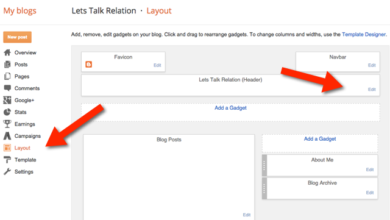Caterers face a unique challenge when it comes to ensuring the safety and flavor of their offerings – keeping food cold. In this blog post, we’ll delve into five essential strategies caterers employ to keep their culinary creations at the optimal temperature. From utilizing ice to choosing the right coolers, being mindful of environmental factors, covering food during service, and even stirring dishes for even cooling – each tactic plays a crucial role in creating a positive experience for both caterers and consumers.
Ice: The Cool Companion:
Caterers often carry bags of ice to keep their food cold, but the choice of ice is crucial. Larger ice cubes are recommended for outdoor events, as they melt more slowly, providing a longer-lasting cooling effect. Additionally, some caterers opt for dry ice, which is significantly colder than regular ice cubes, ensuring coolers remain chilled for extended periods.
Coolers: The Unsung Heroes:
Selecting the right cooler is pivotal for effective food temperature management. Plastic coolers are preferred over metal ones, as they conduct energy less efficiently, preserving the ice for more extended periods. Wrapping coolers in aluminum foil acts as a barrier against external heat, reflecting up to ninety-five percent of it. This tactic maximizes the efficiency of coolers, whether used to store ice or keep food cold during catering events.
Environmental Awareness:
Caterers must consider the environment when planning menus for events. For instance, on a hot summer day, perishable food left out for more than an hour in temperatures exceeding ninety degrees Fahrenheit should be discarded. However, if catering indoors, the food can be left out for up to two hours. This awareness ensures compliance with health codes, passing health department inspections, and obtaining insurance coverage for potential food safety issues.
Keeping It Covered:
While coolers are great for storage, caterers need a strategy for keeping food cold during service. Covering food with aluminum foil is a common practice, though it’s crucial to refrigerate the food after two hours. This ensures both presentation and safety, as leaving food uncovered for extended periods can increase risks for consumers.
Stirring for Even Cooling:
Caterers often employ the technique of stirring food to distribute heat evenly, contributing to a longer-lasting cold temperature. While stirring shouldn’t be the primary method of keeping food cold, it serves as a helpful tip in maintaining optimal temperatures.
Conclusion:
Catering success hinges on the ability to master the art of keeping food cold. By employing a combination of strategic ice use, selecting the right coolers, considering environmental factors, covering food during service, and incorporating the occasional stir, caterers can ensure their culinary creations delight consumers while meeting the highest safety standards. The next time you attend a catered event, appreciate the behind-the-scenes efforts that go into delivering a delightful and safe dining experience.

